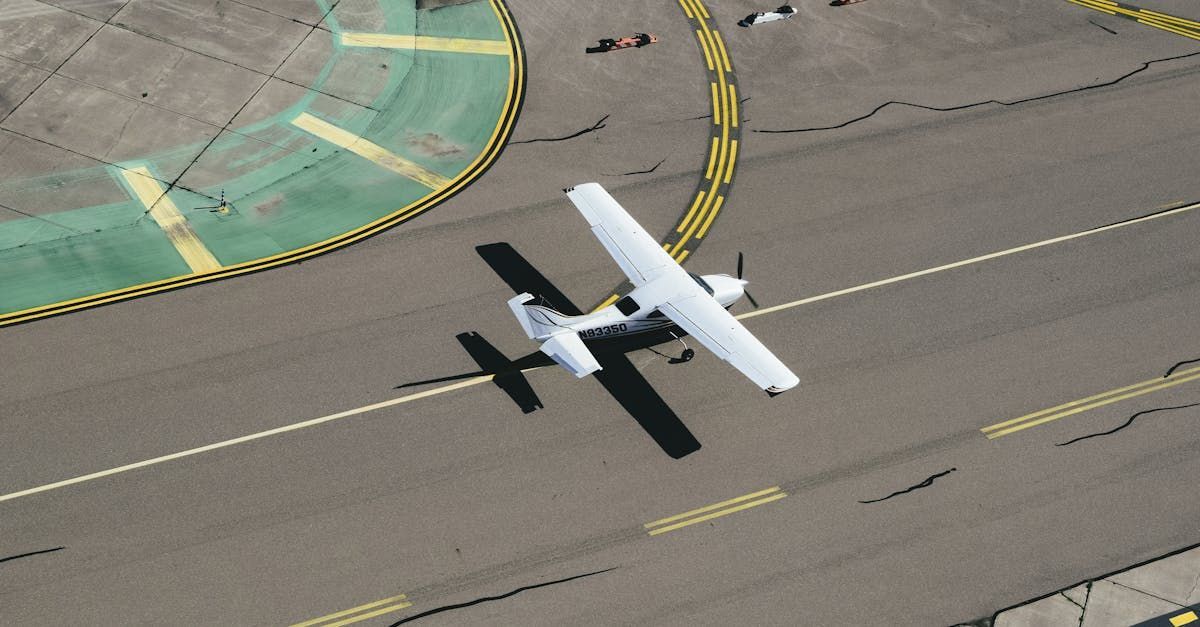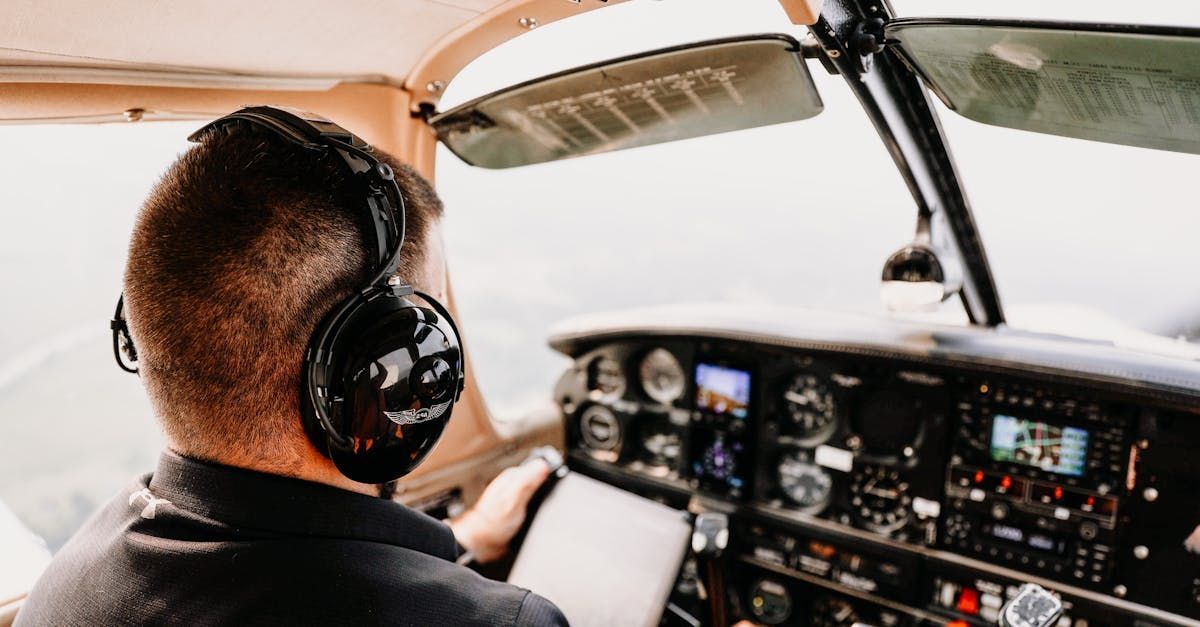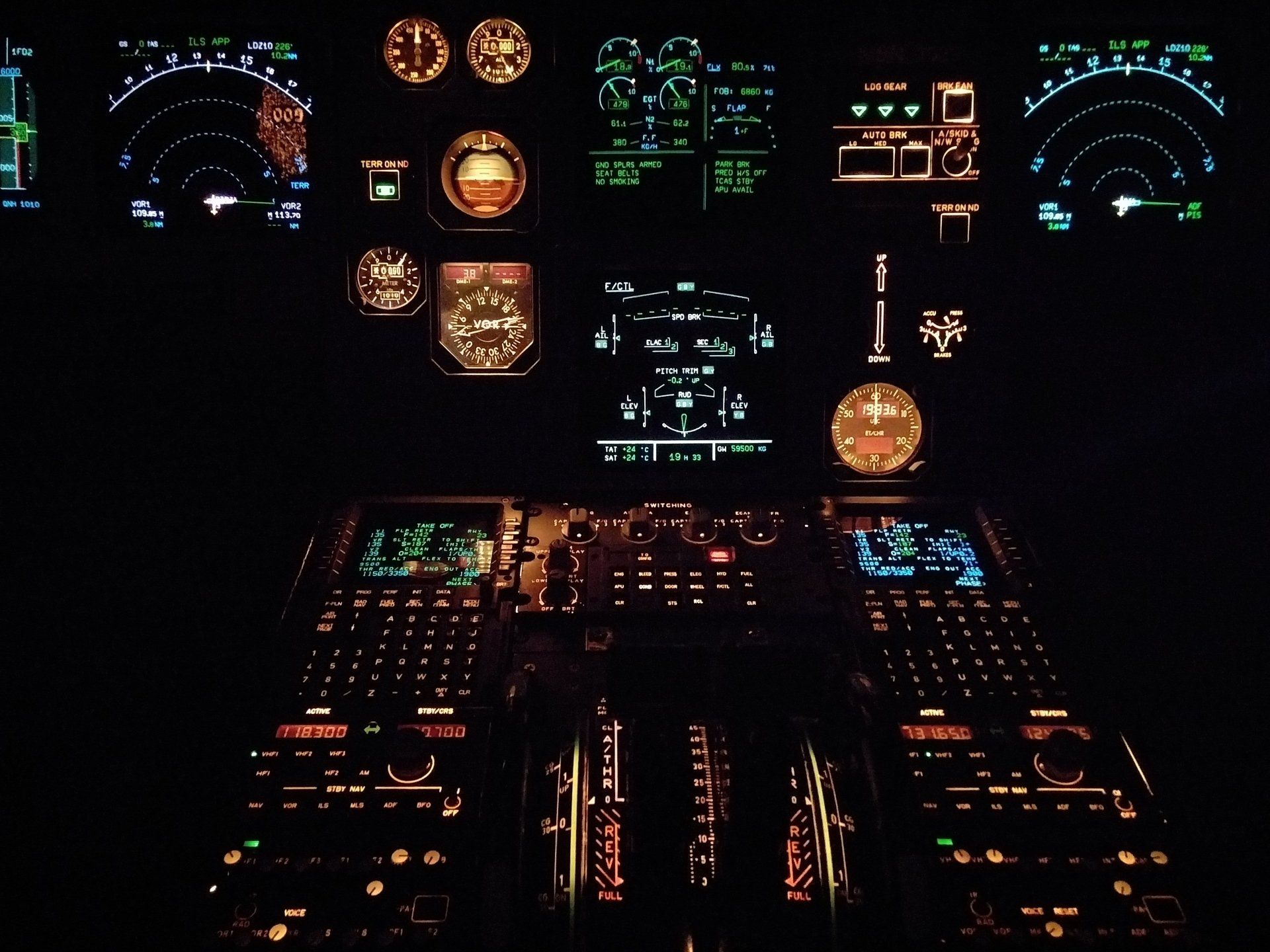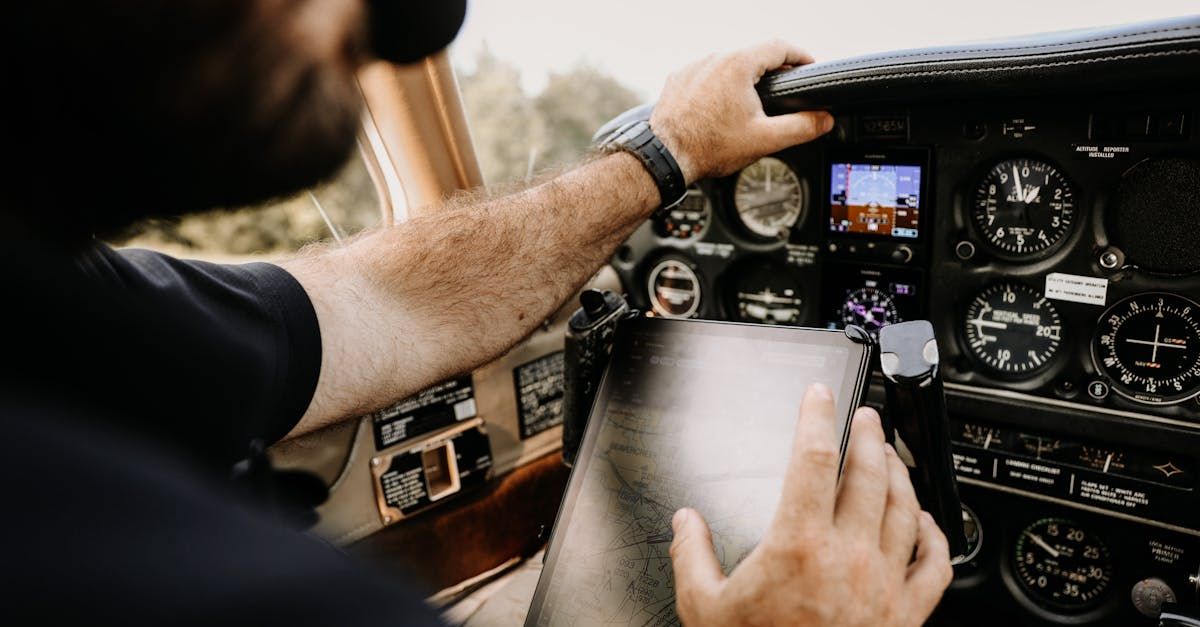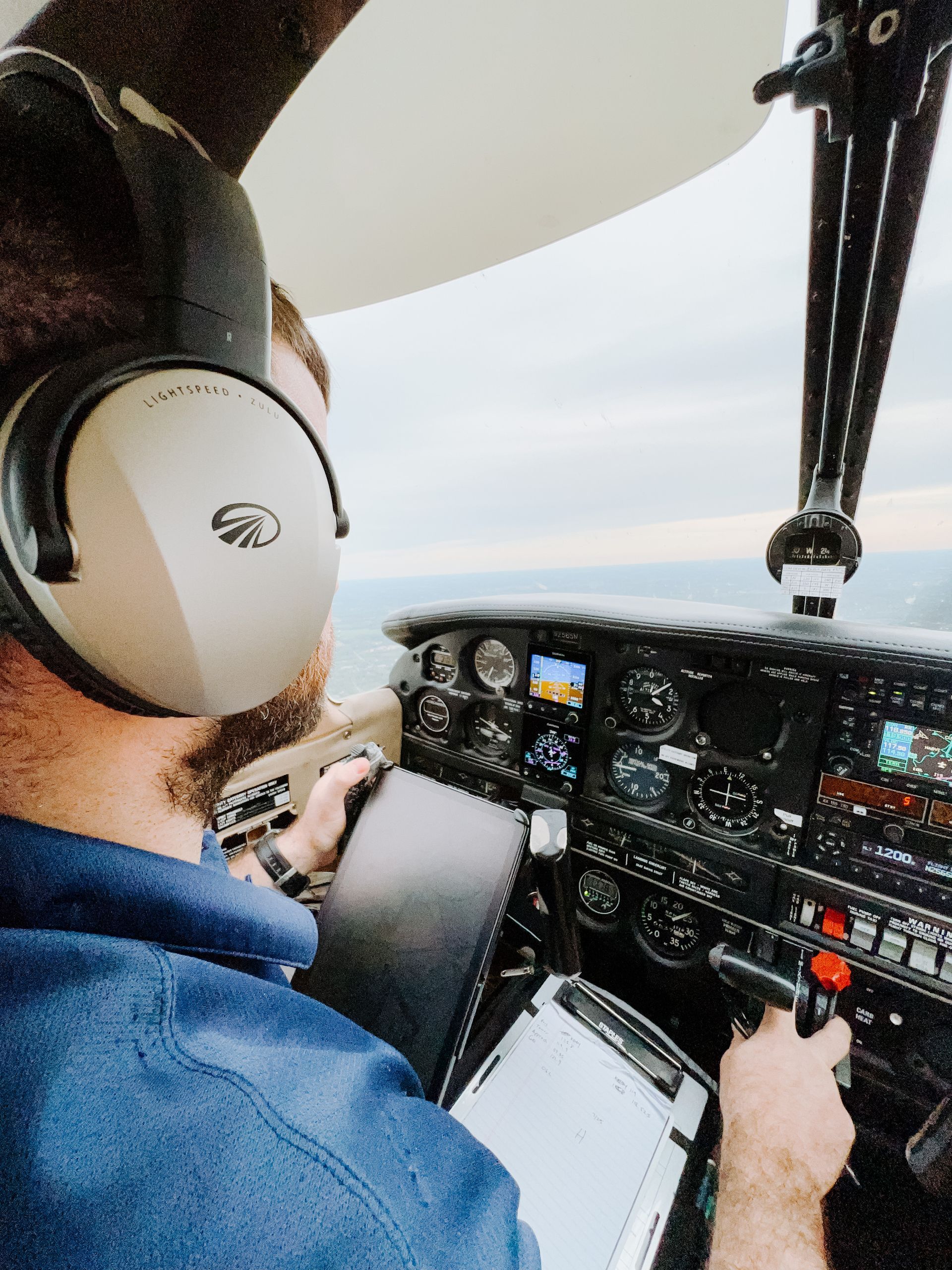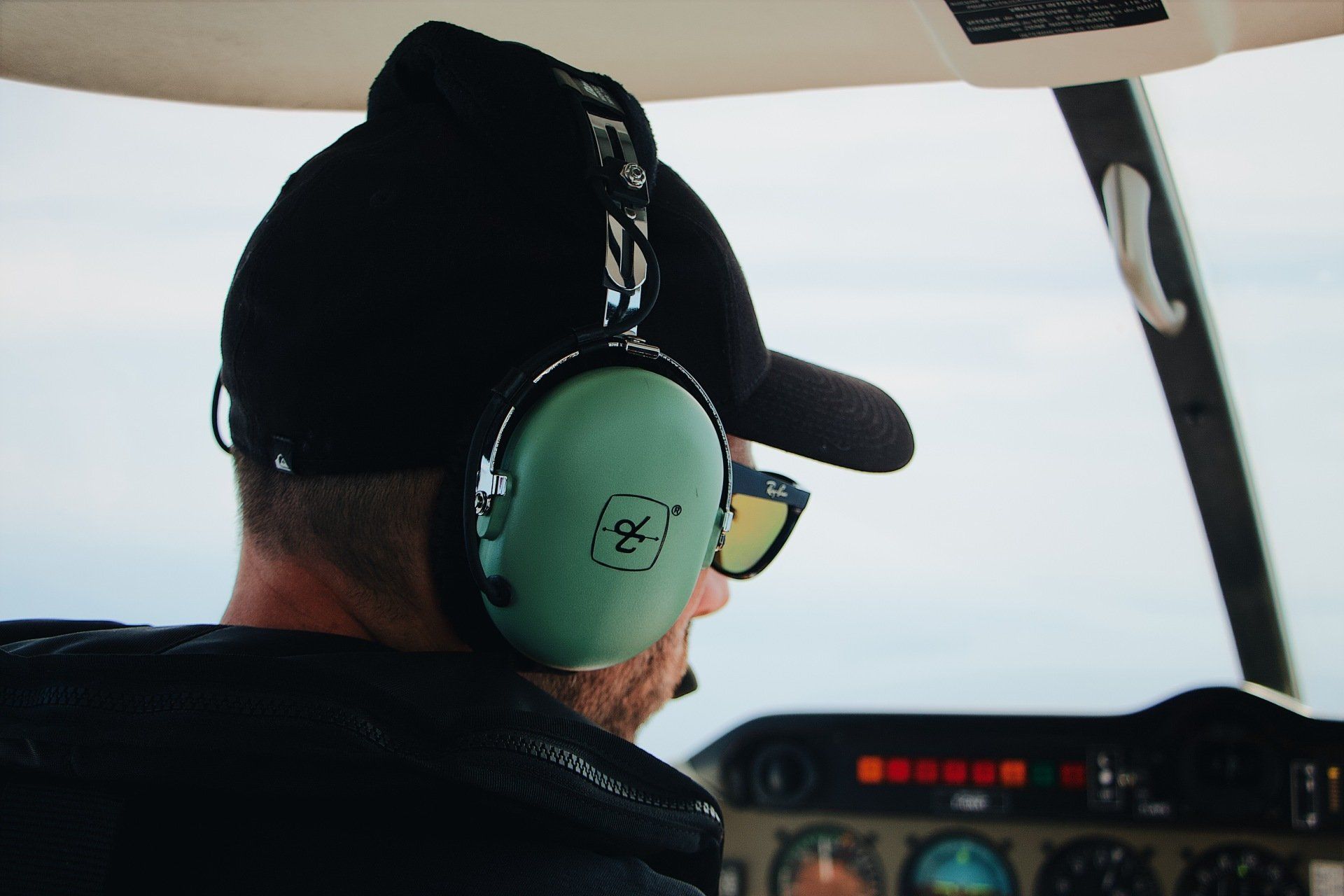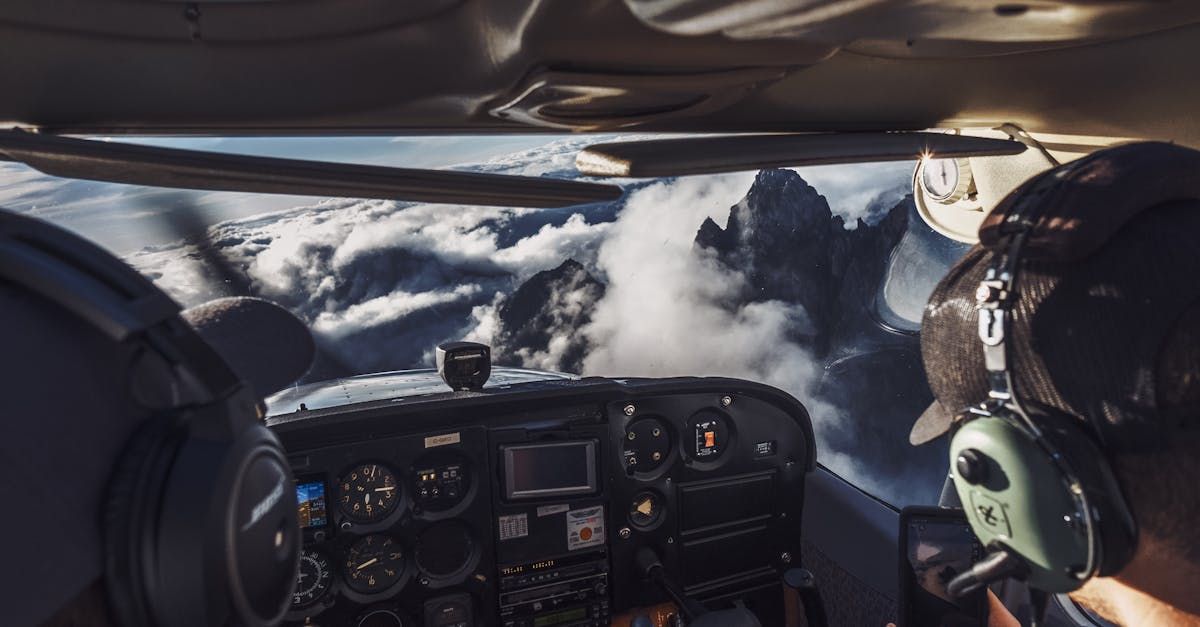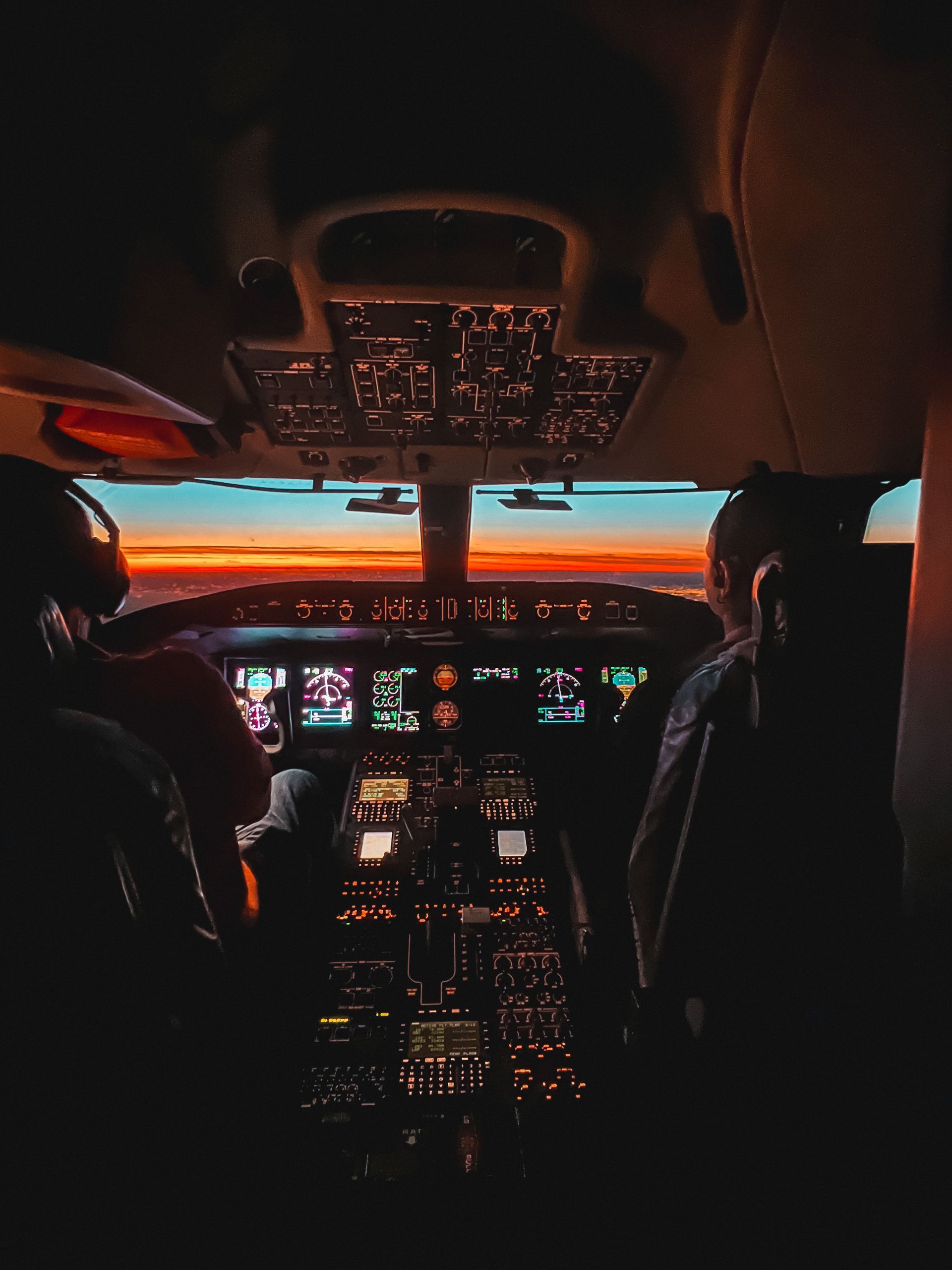Steps to getting a Private Pilot Licence (PPL) in Australia
A brief overview of what's required
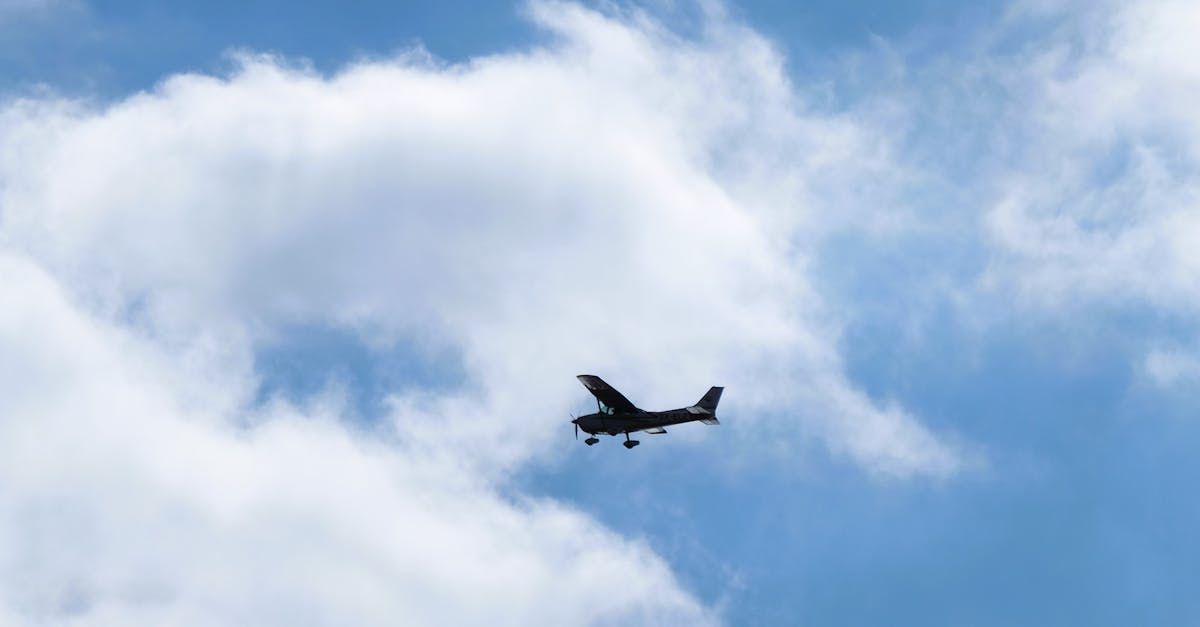
1. Eligibility: To hold a PPL in Australia, you must be at least 17 years old and proficient in Aviation English. You may need a general English language proficiency (GELP) certificate. You only need to meet this requirement at the recreational pilot licence (RPL) stage (CASA, 2024).
2. Medical Certificate: Obtain a Class 2 medical certificate from a CASA-approved Designated Aviation Medical Examiner (DAME).
3. Flight Training: Enrol in a flight school and complete the required flight training, including both ground school and flight instruction. An average student will qualify for a private pilot licence (PPL) after 55-60 hours of flying. If completing training on a part time basis (say 1 hour a week) this will take just over 12 months. Full time training will take about 2 months (CASA, 2024).
4. Theory Exam: Pass the CASA theory exams covering topics such as aircraft systems, regulations, airspace, weather, and navigation.
5. Flight Hours: Accumulate the minimum required flight hours for a PPL. On the way to completing a PPL, you'll gain a Recreational pilot licence (RPL). Recreational pilots can fly light, single-engine aircraft as the pilot-in-command, independently of a flight training organisation, without supervision. You must be 16 years old to get an RPL. RPL holders:
- can fly up to 25 nautical miles from the aerodrome either where:
- the flight began
- the chosen training area
- a direct route between where the flight began and training area
- can fly private operations with day visual flight rules (VFR) in a single engine aircraft with a maximum take-off weight (MTOW) of 1500kg
- limited to carrying one passenger if the RPL holder has recreational medical certificate.
Once you have passed your RPL test, you can go for your private pilot licence (PPL). Private pilots can fly anywhere in Australia, fly many types of aircraft, and gain similar operational ratings to a commercial pilot. You can also share aircraft hiring costs with your passengers. Generally, you cannot earn an income through flying – you need a commercial pilot licence for that. You must also hold the appropriate aircraft category rating on your PPL. A pilot licence must have at least one of the following category ratings:
- aeroplane
- helicopter
- gyroplane
- airship
- powered-lift aircraft.
As well as the class or type rating for the aircraft you want to fly. You can apply for another category rating on your licence once you get your initial licence and category rating.
6. Practical Flight Test: Pass a practical flight test with a CASA-designated examiner, which includes both oral and flight components.
7. Application:
Submit the required documentation and application fee to CASA. This is generally done by the CASA-designated examiner.


